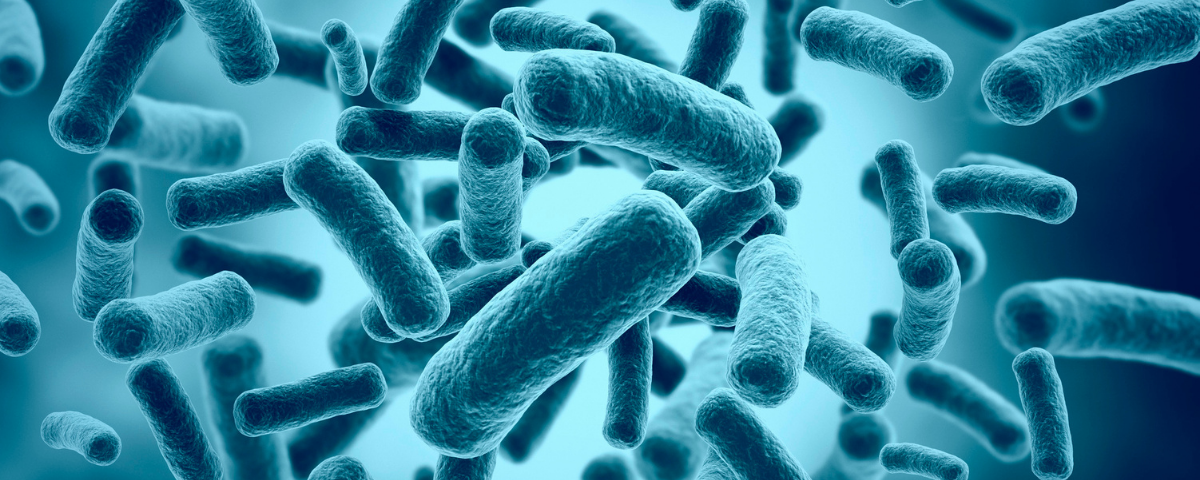When you think of the war against plastic, you might imagine a group of Greenpeace-esque eco-warriors blockading a river or a multitude of protestors marching in the streets with picket signs. But the war that already underway has very little to do with environmentalism-it’s an arms race between microbes and plastic.
A team of researchers from Duke University published a paper last year that revealed an especially efficient way bacteria use to break down plastic. The method, which a team of researchers discovered from the University of Azerbaijan, is called hydrolysis. The process bacteria use to break down plastic is similar to how a human body breaks down food. However, unlike humans, bacteria can use the material to form new bacterial colonies instead of energy or food.
This may sound like something out of a science fiction movie, but it is real. It was discovered in bacteria that live on the surface of plastic-eating (for lack of a better term) water bottles. The bacteria eat a chemical called phthalates, which is used to make plastic bottles durable and flexible. So, how do phthalates get into the bacteria? Well, it’s not through the air or by coming into contact with plastic directly. Instead, it’s through plastic containers which the bacteria can use to grow.
Plastics are everywhere. Think plastic bags, water bottles, grocery bags, food containers, and even the packaging used to ship these plastic products. You’ve probably heard of the term “micro-plastics”-tiny particles of plastic that are found in the ocean and the bodies of many animals. These tiny bits of plastic are also found in our bodies.
When you think of plastic, the first thing that comes to mind is the plastic used on our food packaging. While it is convenient, it is also where plastic can cause the most harm. Having said that, nowadays, many businesses are making a conscious shift towards sustainable packaging alternatives for their products that are better for the planet. In the food industry, especially for dry goodies like chocolates, nuts, snacks, and candies, many companies are often switching to opakowania doypack, also known as stand-up pouches. These pouches are commonly seen as a more sustainable choice that is kinder to the environment.
It’s not just food companies. Lots of other businesses are also choosing eco-friendly packaging options. They want to be kinder to the environment, not just in what they sell, but in how they pack it up too. For instance, a lot of beauty and wellness companies tend to look for sustainable and eco-friendly cosmetic packaging options for their products that can be reused by their customers for housing different items once the original product gets over. This can probably reduce the waste amount in landfills.
However, the plastic we use in our food packaging could be made from petrochemicals, and it slowly breaks down in the sunlight. When you eat food packaged in plastic, the plastic breaks down and gets absorbed into your body, making it part of your body from the inside out. Hence, you could avoid the purchase of such products to live a healthy life. Nowadays, some companies have changed their strategy of packing their products, shifting from traditional plastic containers to sustainable paper bottles. Suppliers and packing companies need to work together to supply plastic-free products. Impacked Packaging is a packaging marketplace where manufacturers and packaging suppliers interact with each other in order to produce eco-friendly packs.
The Microbiome plays an important role in our health. The Human Microbiome Project proves that as much as 90% of our body’s bacteria is made up of bacteria that live on the surface of our body, mainly in our gut. The Human Microbiome has been the subject of a considerable amount of research, some of which has found an association with conditions such as obesity.
For a lot of you, perhaps your first experience with bacteria was with a bottle of water-or maybe your first experience with bottles was with water. In any case, we’re pretty sure you’ve never met Plastic Eating Bacteria before. You might have heard it has something to do with drinking water, but that’s a bit misleading. In fact, this tiny microorganism is more aptly described as a microbe that feeds on plastic-specifically, water-soluble plastic.
How Does Plastic Eating Bacteria Destroys Plastic?
The chemical process of plastic breakdown is a little like an army of miniature termites. They form a colony of “bacteria” that break down plastics. The colony is so small it cannot be seen with a simple microscope. To be honest, there might be so many different kinds of lab equipment which would not be able to detect or visualize this colony of mini termites. But because the plastic is so strong, the colony becomes oversized and explodes. These bacteria “eat” the plastic and grow in numbers. Finally, they burst their way through the plastic and contaminate the surrounding area.
Bacteria have been known to break down plastic with time, and the ability to consume plastic is referred to as “polyploidy.” Researchers in the US found that certain types of bacteria can dissolve plastic in just 15 minutes, which is relatively short given that the plastics in question were polyethylene – the most common type of plastic in food packaging.
Millions of plastic bottles are produced and thrown away each day. Most of them end up in landfills where they take 500-1000 years to degrade. As a result, studies have shown that plastic decomposes into smaller and smaller particles. Therefore, finding ways to handle removing this from the environment, such as with this bacteria, can only be welcomed.

